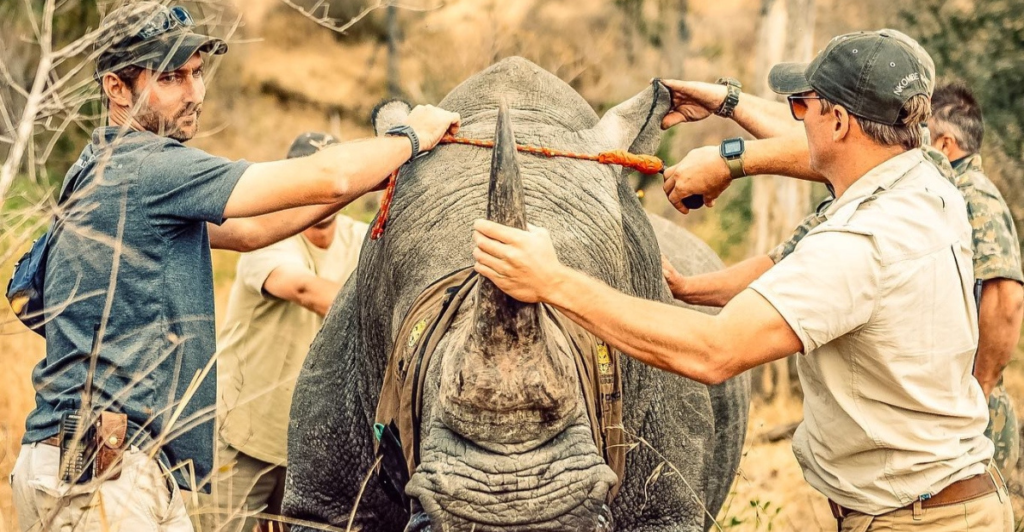
Studies have shown that tropical forests near human populations host fewer mammal species, suggesting that proximity to human activity negatively impacts biodiversity. This effect persists even in protected regions, highlighting the challenges of managing human-wildlife interactions and the necessity for strategies that mitigate human impact on these ecosystems.
Habitat Fragmentation and Its Far-Reaching Effects
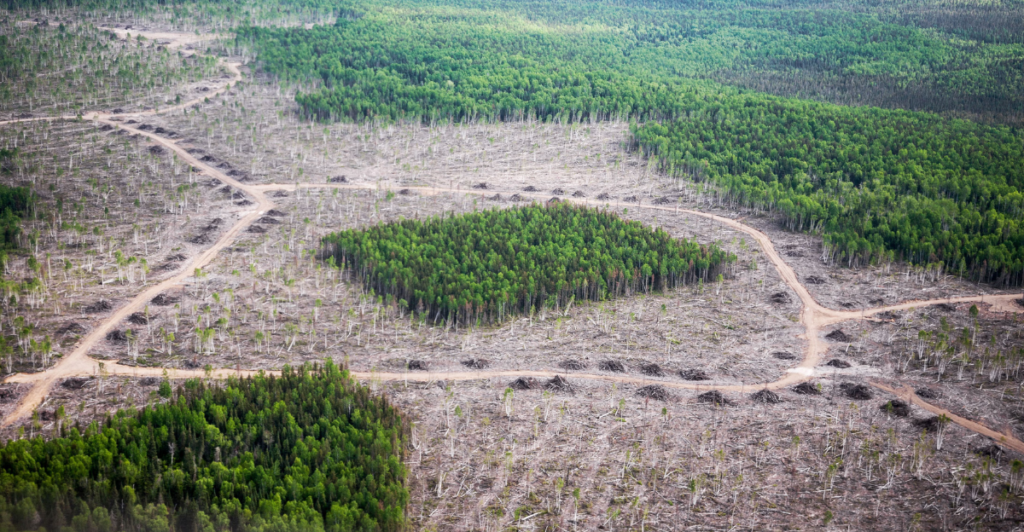
Habitat fragmentation doesn’t just affect the immediate area; its repercussions can extend up to 50 kilometers beyond the fragmented zone. This extensive impact disrupts migration patterns, breeding grounds, and access to resources, leading to declines in mammalian populations. Effective conservation must, therefore, address the protection of core habitats and the preservation of surrounding areas to maintain ecological connectivity.
The Role of Community-Led Conservation
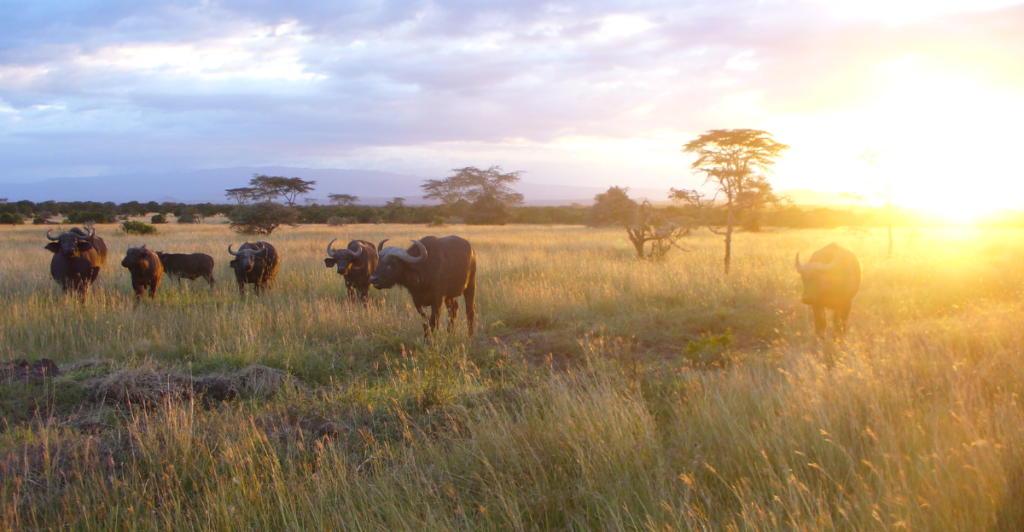
Community-run conservancies have emerged as a promising model for wildlife protection. In regions like Kenya and Namibia, local communities manage substantial tracts of land, leading to notable increases in wildlife populations and habitat restoration. This approach fosters coexistence between humans and wildlife, reduces conflicts, and provides economic benefits to local populations, demonstrating that empowering communities can enhance conservation outcomes.
Global Demand and Its Impact on Biodiversity
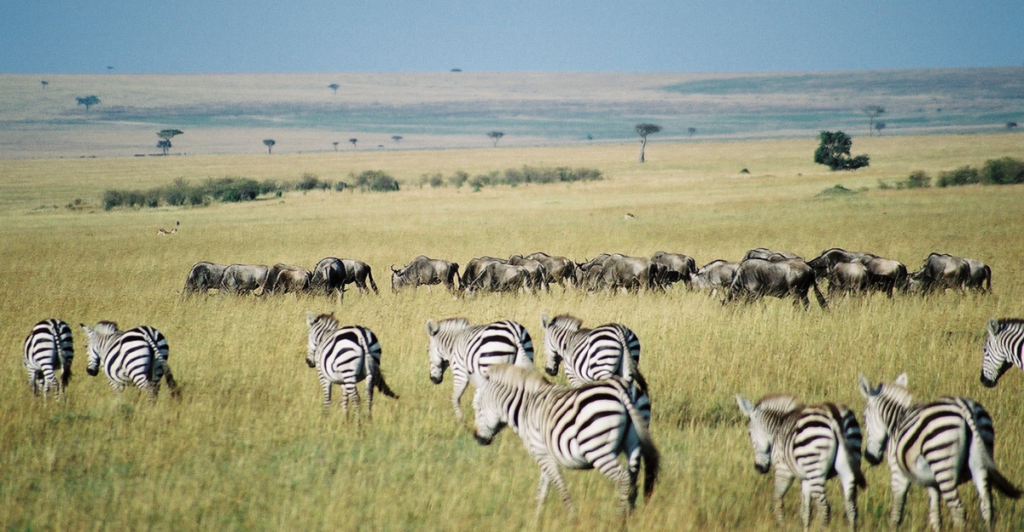
The consumption patterns of affluent nations significantly influence biodiversity loss worldwide. High demand for commodities such as beef, palm oil, and timber drives deforestation and habitat destruction in biodiverse regions, leading to species endangerment. Addressing these global economic pressures is crucial for the success of conservation efforts, as international market demands can undermine local protections.
Policy Changes and Their Implications
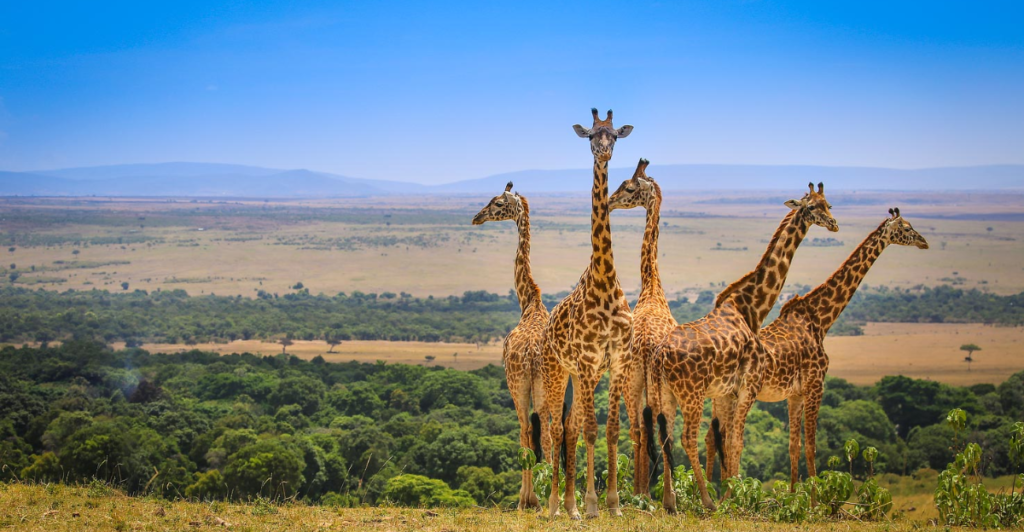
Modifications to environmental protections, such as those observed in the United States, can profoundly affect endangered species. Reversals of key regulations and opening protected lands to industrial activities may exacerbate extinction risks. This highlights the importance of robust and consistent policy frameworks prioritizing long-term ecological health over short-term economic gains.
Success Stories: Evidence of Effective Conservation
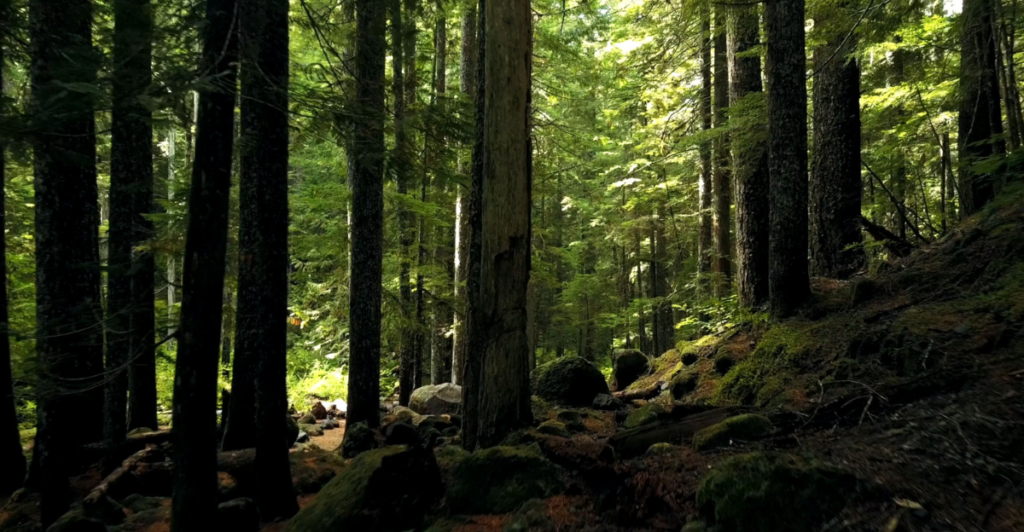
Despite challenges, there are notable conservation successes. After being presumed extinct for over a century, the resurgence of the South American tapir in Brazil’s Atlantic forest exemplifies the positive impact of dedicated conservation projects. Such instances provide hope and illustrate that concerted efforts can lead to the recovery of endangered species.
The Necessity of Integrated Conservation Strategies

Protected areas are essential but insufficient alone. An integrated approach that combines habitat preservation with sustainable development, community engagement, and stringent policy enforcement is vital. This multifaceted strategy addresses the complex web of factors contributing to species endangerment and promotes a more resilient and biodiverse world.
The Importance of Habitat Connectivity
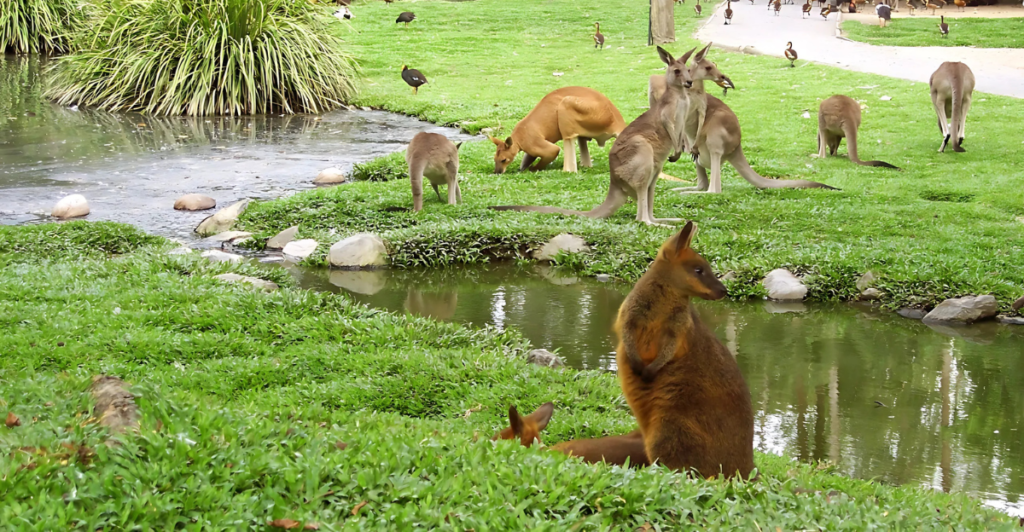
Maintaining corridors that connect fragmented habitats is crucial for species’ survival. These linkages allow for gene flow, migration, and access to diverse resources essential for healthy populations. Therefore, Conservation plans must prioritize establishing and protecting these ecological networks to counteract the isolating effects of habitat fragmentation.
Addressing Climate Change in Conservation Efforts

Climate change poses an escalating threat to biodiversity, altering habitats and shifting ecological balances. Incorporating climate resilience into conservation strategies is imperative. This includes protecting climate refugia, promoting adaptive management practices, and reducing greenhouse gas emissions to mitigate adverse effects on endangered species.
The Role of Legislation in Species Protection
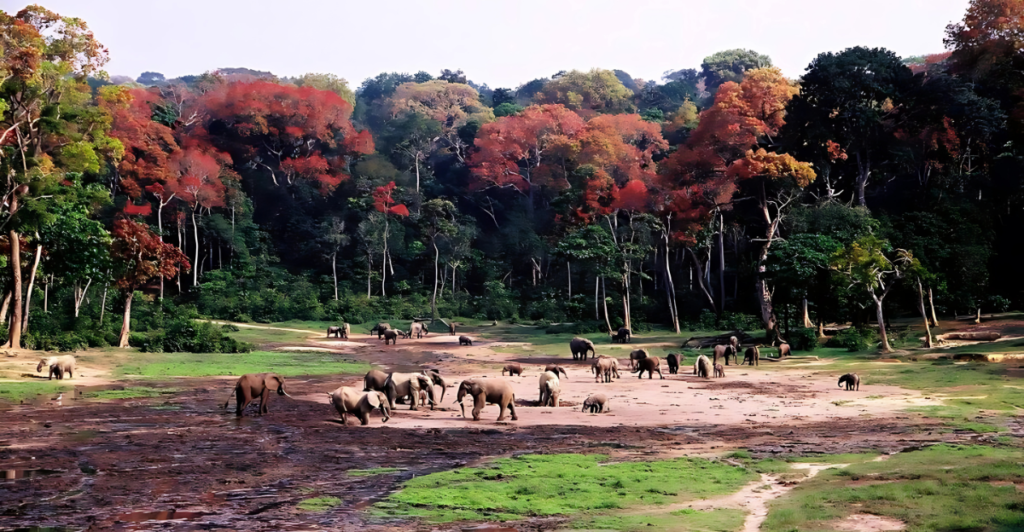
Strong legal frameworks, such as the Endangered Species Act in the United States, play a pivotal role in safeguarding species. These laws provide mechanisms for habitat protection, funding for recovery programs, and penalties for harmful activities. Ensuring such legislation’s enforcement and enhancement is critical for conservation initiatives’ continued success.
Public Awareness and Education

Raising public awareness about endangered species’ plight fosters a conservation culture. Educational programs, media campaigns, and community involvement initiatives can inspire collective action and support for biodiversity conservation policies. An informed and engaged public is a powerful ally in preserving our planet’s natural heritage.
Collaborative Efforts: A Path Forward
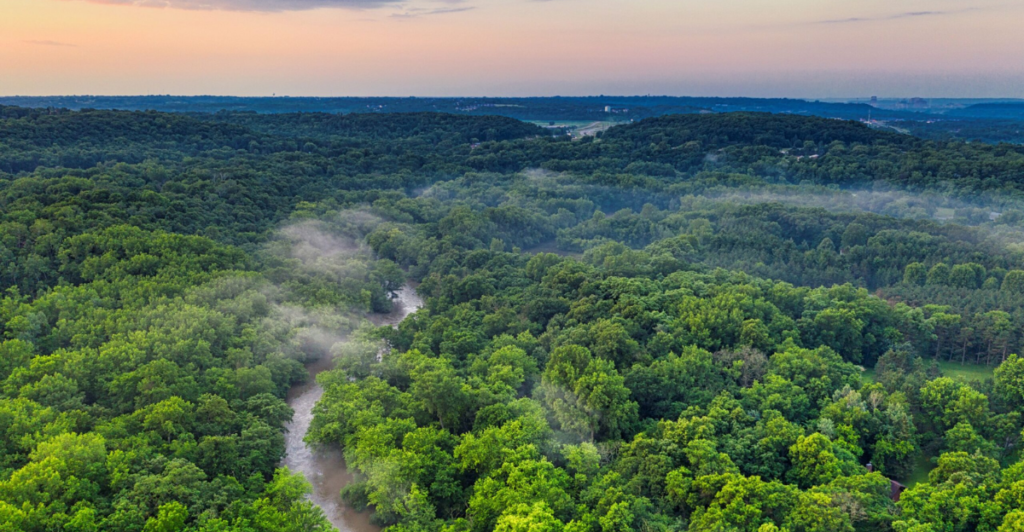
Collaboration among governments, non-governmental organizations, scientists, and local communities enhances the effectiveness of conservation efforts. Pooling resources, knowledge, and expertise allows for comprehensive strategies that address the multifaceted challenges facing endangered species. Such partnerships are essential for creating sustainable solutions that balance ecological needs with human development.
Beyond Protected Habitats
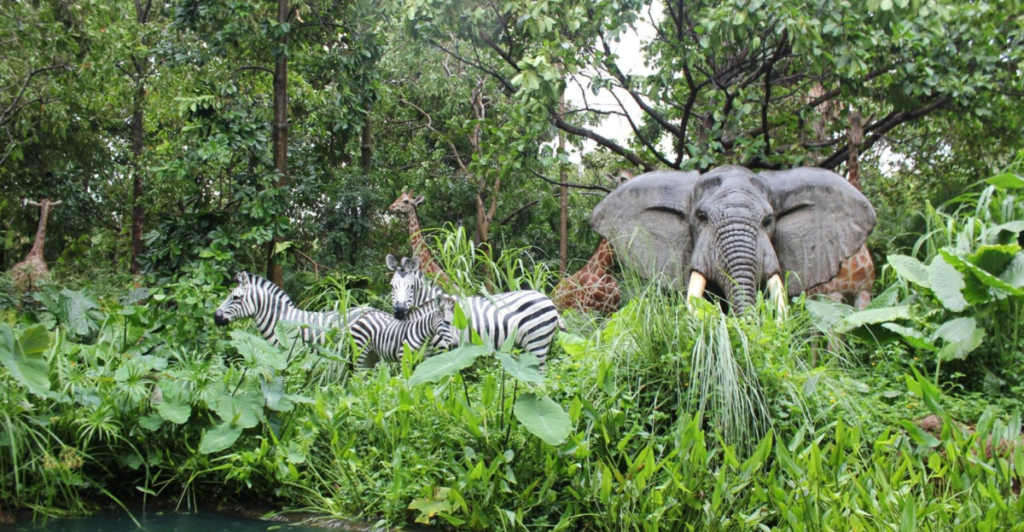
While protected habitats are a fundamental component of conservation, they cannot operate in isolation. A holistic approach that integrates habitat protection with broader environmental, social, and economic considerations is necessary to halt and reverse the trend of species extinction. We can create a future where humans and wildlife thrive by embracing multifaceted strategies and fostering global cooperation.
Explore more of our trending stories and hit Follow to keep them coming to your feed!

Don’t miss out on more stories like this! Hit the Follow button at the top of this article to stay updated with the latest news. Share your thoughts in the comments—we’d love to hear from you!







